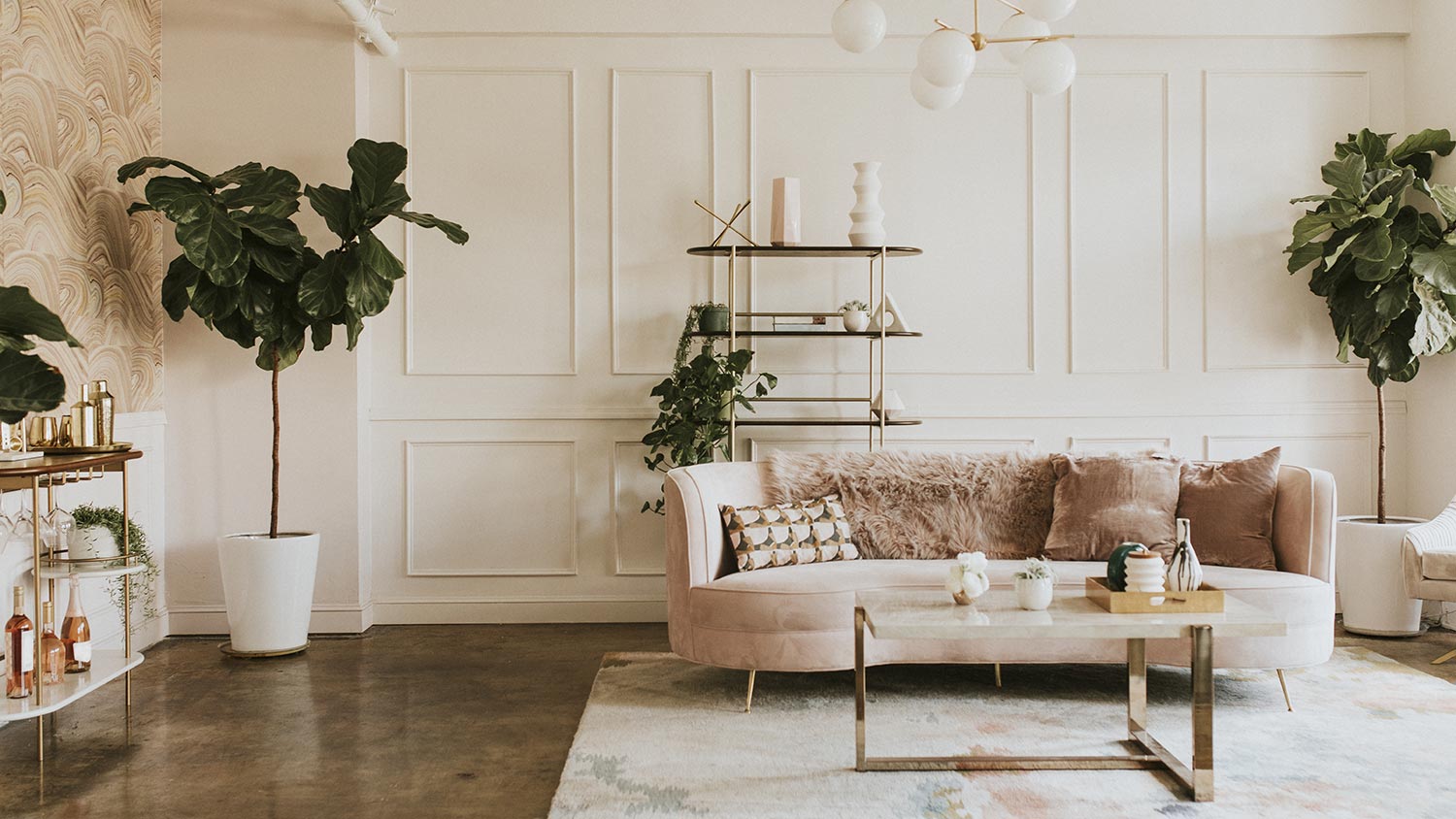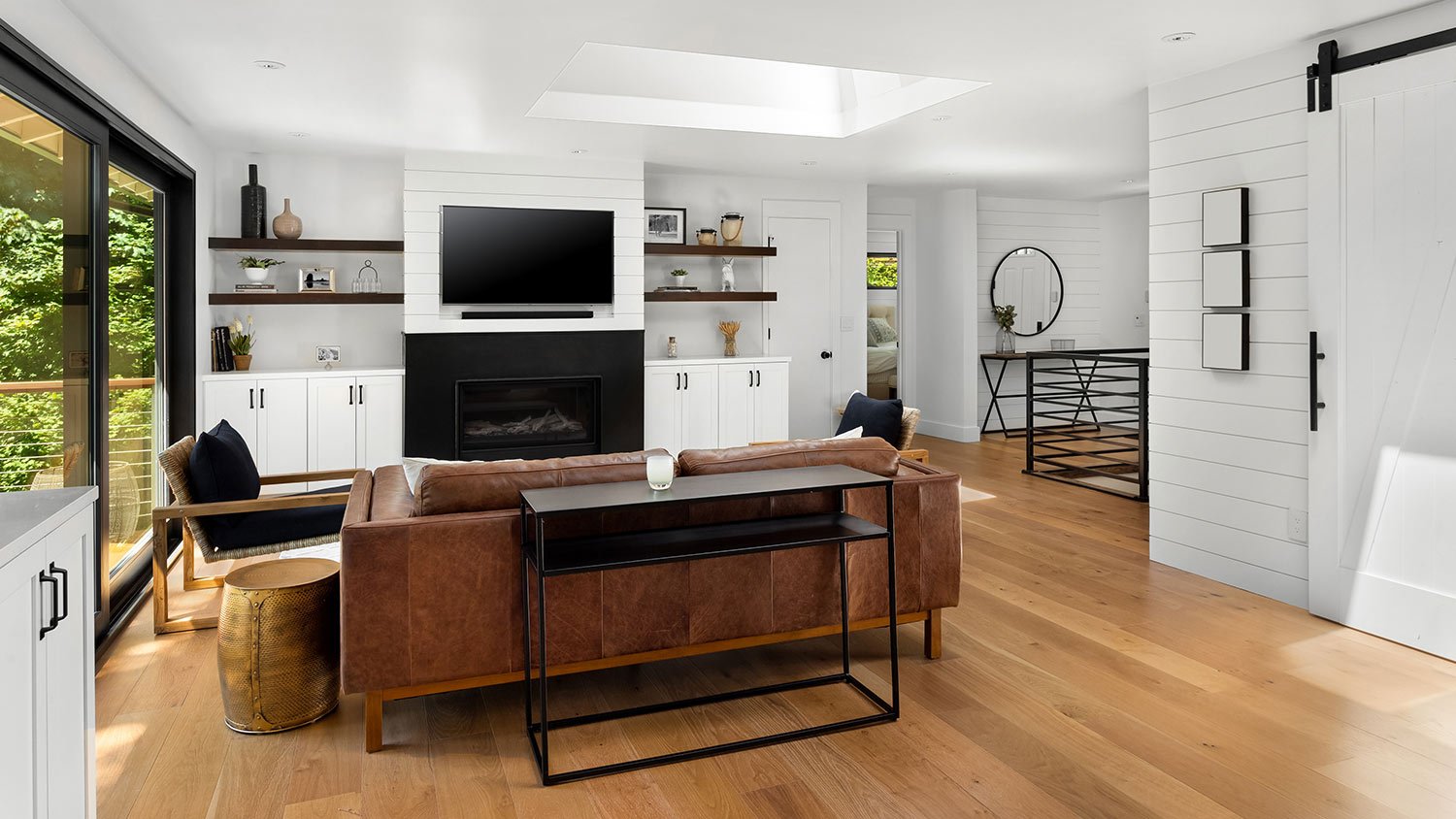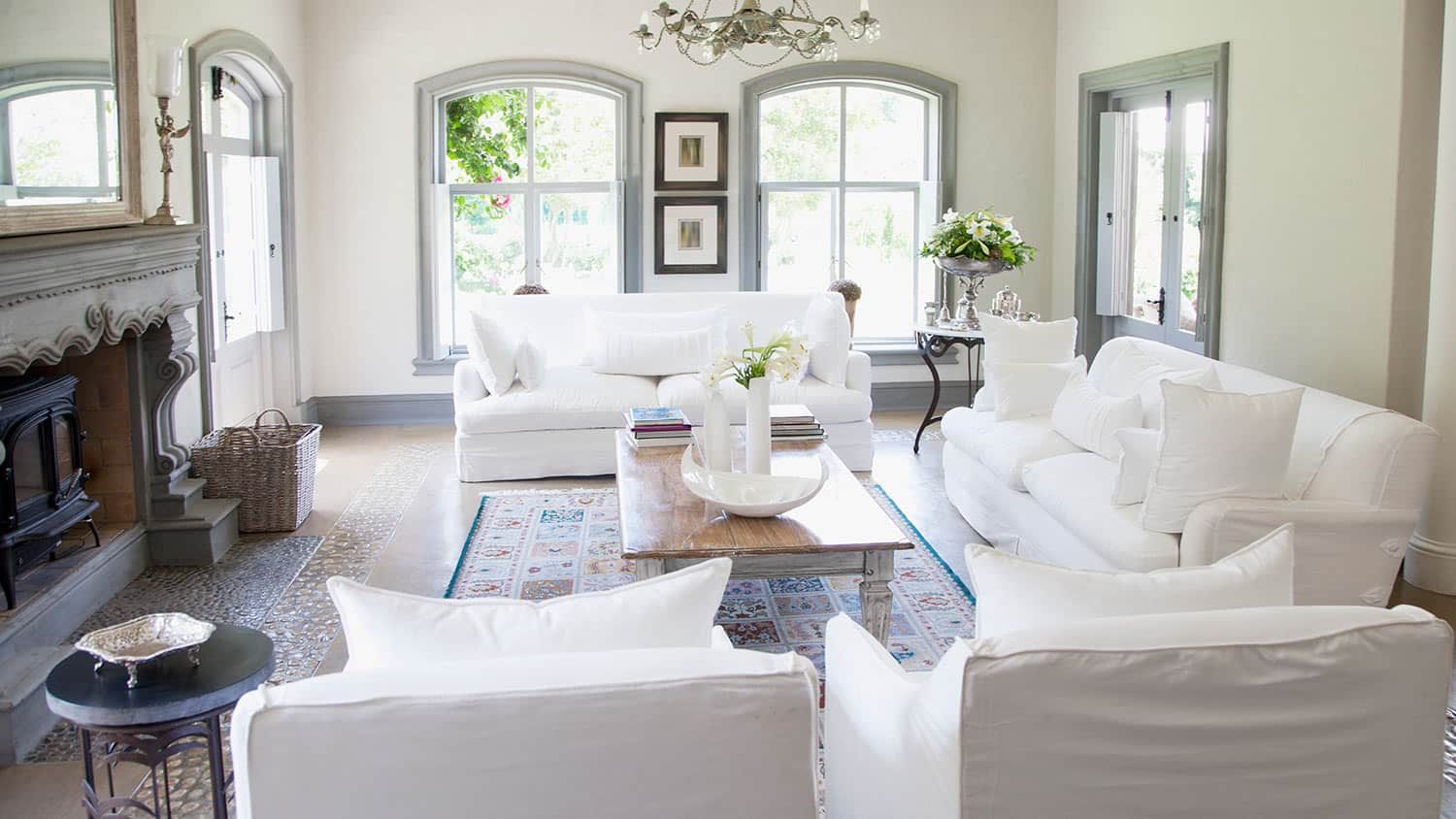No-Fail Tips for Choosing Interior Paint Colors
Whether you want bold and bright or soft and serene, our eight tips for choosing interior paint colors have you—and your walls—covered


So you’ve bought a new home, or maybe you’re redecorating, and now you have to choose paint colors. There are hundreds to choose from, but don't be overwhelmed by the array of options. These eight tips for picking the right interior paint colors for your home will help make the process a lot less intimidating—and a lot more fun.
1. Begin With Your Personal Preference
People are drawn to colors that appeal to them visually and make them feel comfortable. Some enjoy the burst of energy reds and yellows offer, while others crave soothing blues and peaceful greens, while others prefer more neutral colors. Painting your walls a color you love will make a big difference in how much you enjoy your space.
2. Look for Ideas, but Avoid Trends
There is color inspiration all around. Interior design magazines, fashion magazines, store displays, gardens, food, and sunsets can spark ideas for paint colors. Be careful not to get caught up in color trends, though—yesterday's burnt orange is today's eyesore. Paint a color you’ll love no matter the season and use trendy colors for accents and accessories.
3. Test Each Paint Color
It's amazing how different colors look on swatches at the paint store compared to on the walls of your home. Light, ceiling height, furnishings, and flooring—all of these dramatically affect how color works in a room. Paint large swatches of paint on your walls and see how they look during different times of the day.
4. Use Fabrics for Inspiration

Some designers recommend choosing a paint color before deciding on furnishings, while others suggest using an upholstery fabric or rug to pull the color for the walls in a room. Color will unify a space with a variety of patterns, so choose a color that is present in most fabrics. You can also use a piece of artwork to inspire your color choice.
5. Consider the Architecture of Your Home
The architectural design of your home is a great reference point for paint colors. In many cases, home styles have specific colors identified with them. For example, Tudor homes, which have a lot of dark wood detailing, need a lighter, cooler tone to contrast the heavy wood. On the other hand, mid-century design, which features an abundance of windows and light, can handle brighter hues.
6. Keep Color Connected Throughout Your Home
You don't have to paint every room the same color, but choosing colors that are related will connect the rooms in your home. Decide if you want muted, softer tones or colors that are more saturated and impactful, and choose your paint colors for each room accordingly.
A paint deck is a handy tool for finding colors in the same range of hue and tone, so ask your paint store if you can borrow or buy a paint deck, especially if you are deciding on multiple colors for a larger home.
7. Take Care When Choosing White

You might think choosing white paint would be the easiest of all colors to decide on, but this couldn't be further from the truth. Because white paint has no color, the undertone becomes crucial to how it reads in a room. A good rule of thumb: Use warmer whites with yellow or red undertones in darker rooms and cooler whites with a gray or blue undertone in sunnier spaces.
8. Hire a Designer to Help You Decide
If you are overwhelmed with the options and would prefer to get an expert to help you pick your paint palette, there are local interior designers who work on an hourly basis, some of whom specialize in color selection. Also, if the idea of painting your walls, ceilings, baseboards, and other parts of your home yourself is as overwhelming as picking a paint color, there are painting contractors near you who will do the job for you.





- How to Highlight Your Interior Paint With Lighting
- How to Pick Exterior House Paint Colors: 11 Tips for Choosing the Perfect Palette
- 7 Paint Colors for Rooms With Lots of Natural Light
- How to Choose the Best Wall Color for Your Open Floor Plan
- What Color Should I Paint My Room? 10 Tips to Get Right Look for Your Space
- 8 Simple Steps on How to Match Paint Color That’s Already on Your Walls
- Best Bedroom Paint Colors and How to Choose One
- 10 Common Painting Mistakes Homeowners Should Avoid
- How to Create a Whole-House Color Palette
- The Perfect Paint Colors for Your Home According to Your Personality










